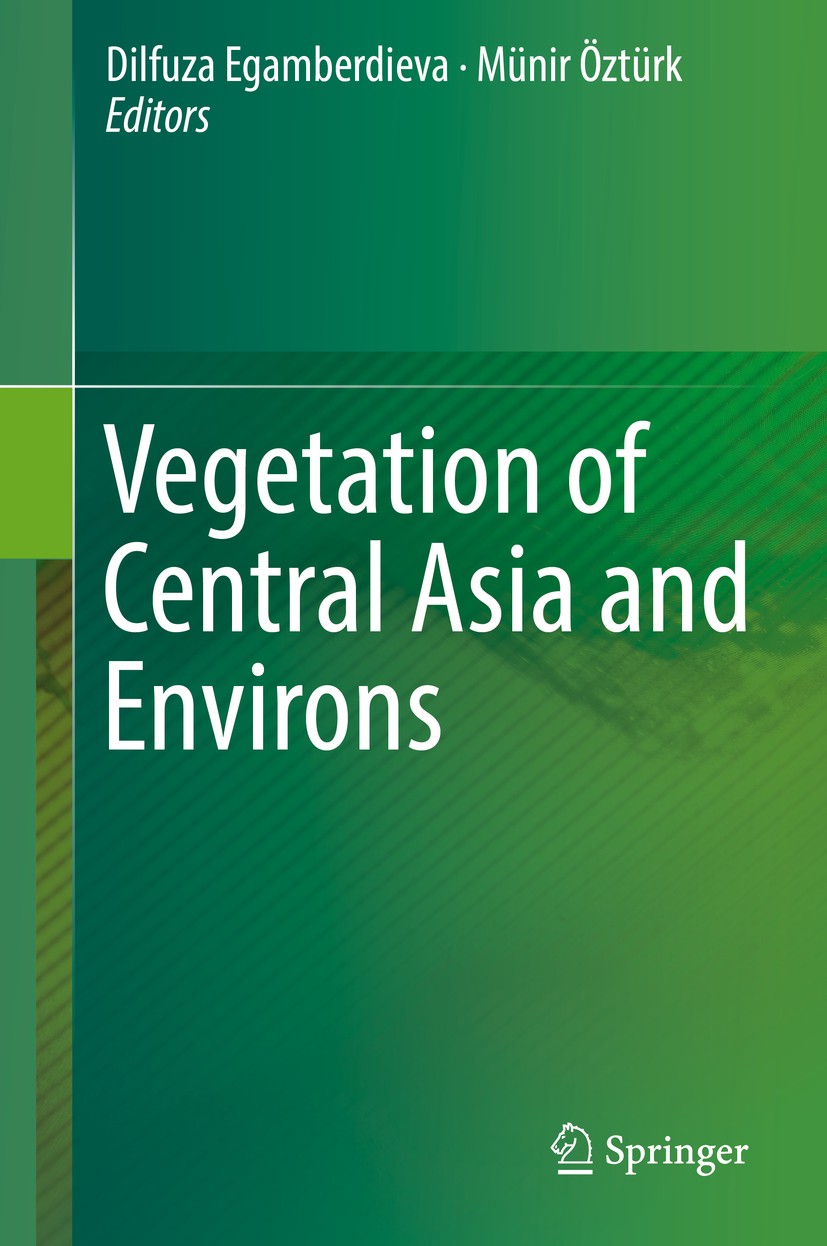| 书目名称 | Vegetation of Central Asia and Environs | | 编辑 | Dilfuza Egamberdieva,Münir Öztürk | | 视频video | http://file.papertrans.cn/981/980911/980911.mp4 | | 概述 | Investigates the plants of the biodiverse region of Central Asia.Applies GIS techniques to sustainable management and planning.Discusses new approaches to overcoming problems caused by climate as well | | 图书封面 |  | | 描述 | .Central Asia is a large and understudied region of varied geography, ranging from the high passes and mountains of Tian Shan, to the vast deserts of Kyzyl Kum, Taklamakan to the grassy treeles steppes..This region is faced with adverse conditions, as much of the land is too dry or rugged for farming. Additionally, the rich specific and intraspecific diversity of fruit trees and medicinal plants is threatened by overgrazing, oil and mineral extraction, and poaching. Countless species from the approximately 20 ecosystems and 6000 plant taxa are now rare and endangered..Traditional vegetation studies in this region are far from adequate to handle complex issues such as soil mass movement, soil sodicity and salinity, biodiversity conservation, and grazing management. However, data analysis using a Geographical Information System (GIS) tool provides new insights into the vegetation of this region and opens up new opportunities for long-term sustainable management. While vegetation planning can occur at a property scale, it is often necessary for certain factors, such as salinity, to be dealt with on a regional scale to ensure their effective management. GIS increases the effectiveness | | 出版日期 | Book 2018 | | 关键词 | Medicinal plants; Mountain plants; Desert plants; Geographical information systems; Water scarcity; Soil | | 版次 | 1 | | doi | https://doi.org/10.1007/978-3-319-99728-5 | | isbn_ebook | 978-3-319-99728-5 | | copyright | Springer Nature Switzerland AG 2018 |
The information of publication is updating

|
|
 |Archiver|手机版|小黑屋|
派博传思国际
( 京公网安备110108008328)
GMT+8, 2025-12-29 10:56
|Archiver|手机版|小黑屋|
派博传思国际
( 京公网安备110108008328)
GMT+8, 2025-12-29 10:56


